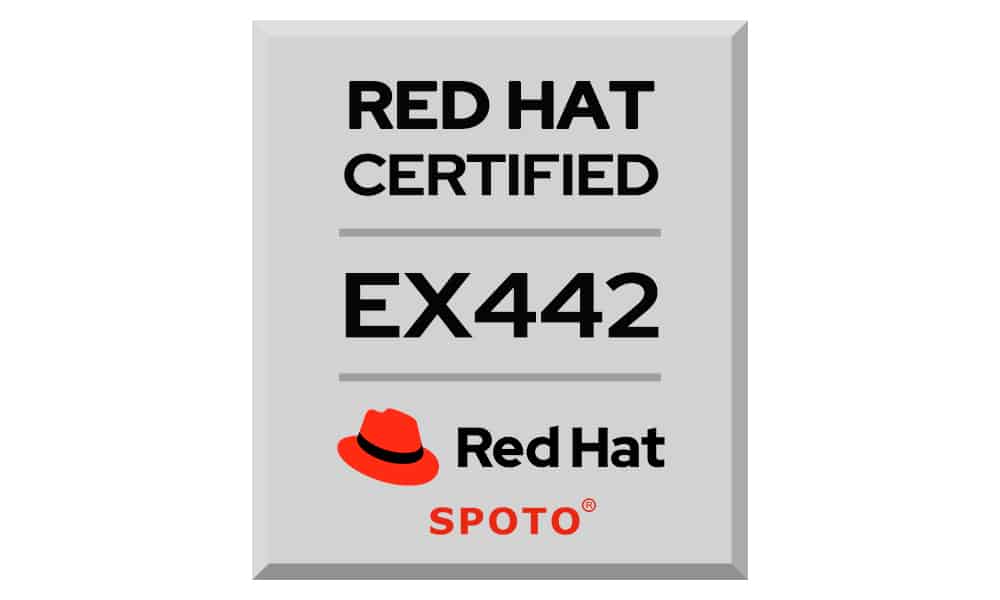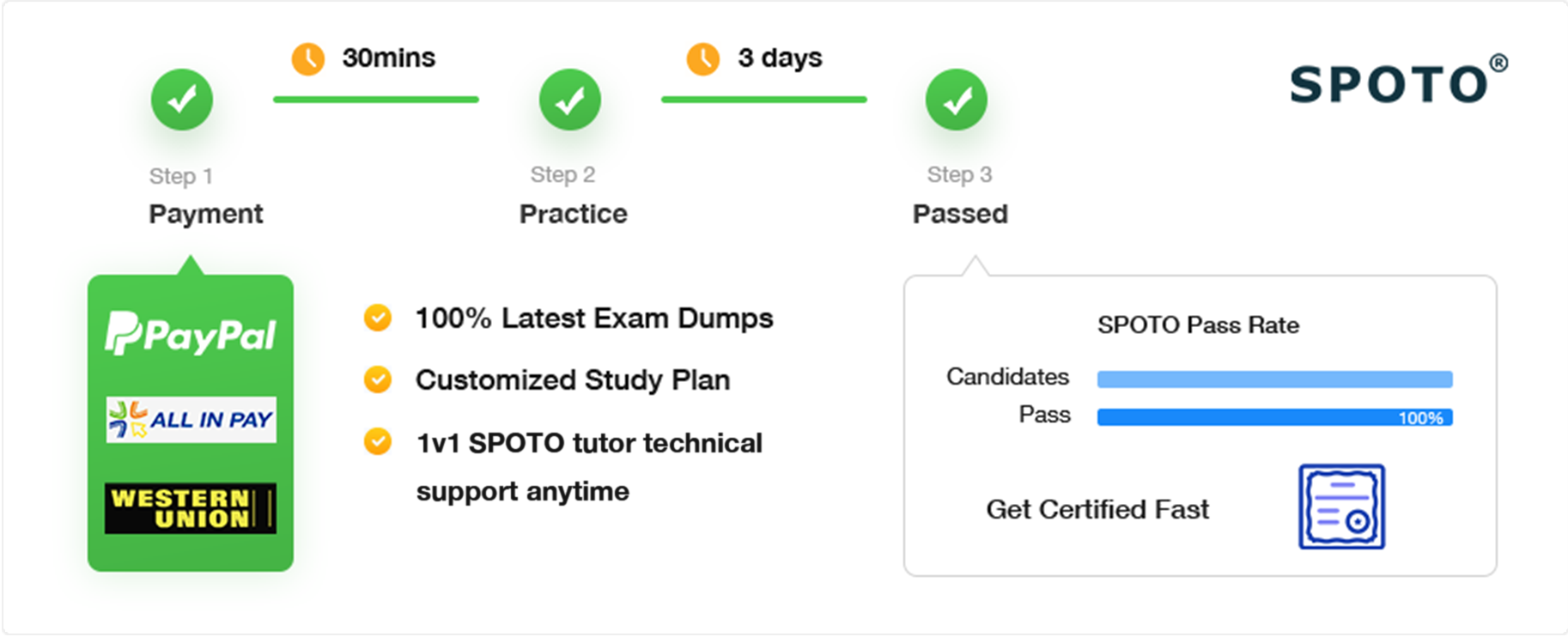 The Red Hat Certified Specialist in Performance Tuning exam (EX442) tests your ability to use standard system tools to analyze the performance of Red Hat® Enterprise Linux® and its applications. The offering also validates the knowledge needed to use standard system tools and mechanisms to modify the behavior of the system and applications to improve performance.
By passing this exam, you become a Red Hat Certified Specialist in Performance Tuning, which also counts toward becoming a Red Hat Certified Architect (RHCA®). This exam is based on Red Hat Enterprise Linux 8.
[rev_slider alias="product-shared"][/rev_slider]
The Red Hat Certified Specialist in Performance Tuning exam (EX442) tests your ability to use standard system tools to analyze the performance of Red Hat® Enterprise Linux® and its applications. The offering also validates the knowledge needed to use standard system tools and mechanisms to modify the behavior of the system and applications to improve performance.
By passing this exam, you become a Red Hat Certified Specialist in Performance Tuning, which also counts toward becoming a Red Hat Certified Architect (RHCA®). This exam is based on Red Hat Enterprise Linux 8.
[rev_slider alias="product-shared"][/rev_slider]
Exam Name: Red Hat Certified Specialist in Performance Tuning exam
Exam Code: EX442
Duration: 240 minutes
Related certification: Red Hat Certified Specialist in Performance Tuning
Prerequisites for this exam
- Be a Red Hat Certified System Architect (RHCSA®) or have comparable work experience and skills (RHCE would be even better)
- Take Red Hat Performance Tuning: Linux in Physical, Virtual, and Cloud (RH442) or have extensive work experience in performance tuning
- Review the objectives for this exam
- Use utilities such as vmstat, iostat, mpstat, sar, gnome-system-monitor, top, powertop, and others to analyze and report system and application behavior
- Use utilities such as Performance Co-Pilot (PCP) to analyze system behaviour
- Use utilities such as dmesg, dmidecode, and sosreport to profile system hardware configurations
- Use /proc/sys, sysctl, and /sys to examine, modify, and set kernel run-time parameters
- Configure kernel behavior by altering module parameters
- Analyze system and application behavior using tools such as ps, top, and Valgrind
- Configure systems to run SystemTap scripts
- Use the eBPF family of tools (e.g. syscount, gethostlatency and others) to diagnose system and application behavior
- Given multiple versions of applications that perform the same or similar tasks, choose which version of the application to run on a system based on its observed performance characteristics
- Alter process priorities of both new and existing processes
- Select and configure tuned profiles
- Manage system resource usage using control groups
- Configure systems to support alternate page sizes for applications that use large amounts of memory
- Select proper I/O scheduling algorithm
- Tune file system layout for a given use
- Calculate network buffer sizes based on known quantities such as bandwidth and round-trip time
- Set system buffer sizes based on those calculations
3 خطوات للحصول على الشهادة

اجتياز اختبار الشهادة التالي بسرعة
Chat Now


التقييمات التي قدمها الطلاب
0.0
تقييم الدورة
المراجعات
إضافة إلى استعراض